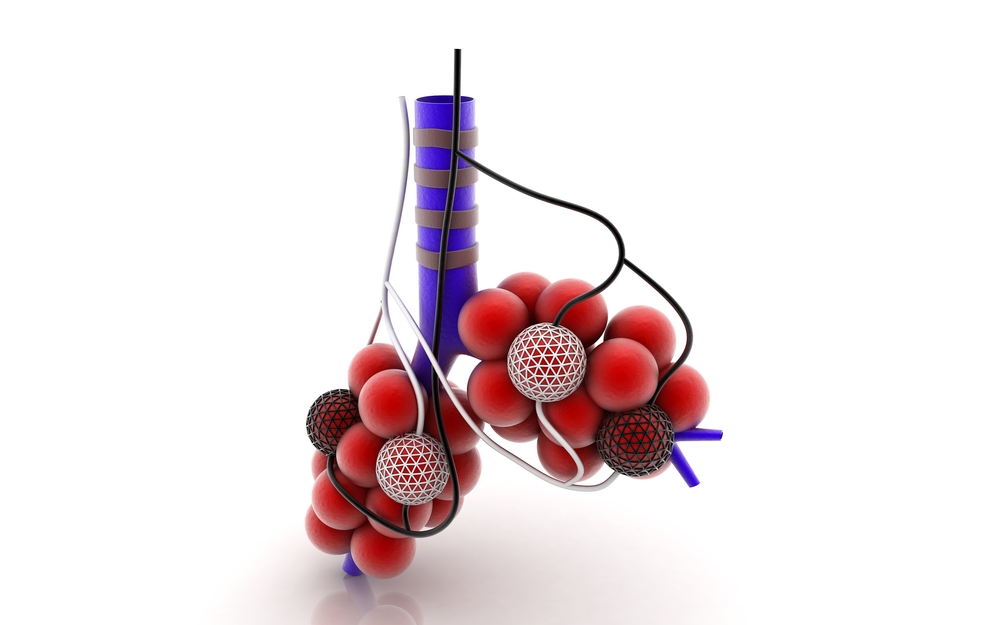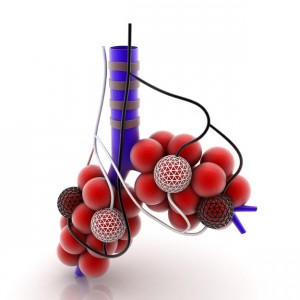Study Shows Adult Lung Cells Transform to Regenerate Lung Tissue
Written by |

 In a new study entitled “Plasticity of Hopx+ type I alveolar cells to regenerate type II cells in the lung,” researchers report a new unrecognized capacity of adult lung cells, type I cells, to revert into another cell type (type II cells), spurring on lung regeneration after injury. The study was published in the journal Nature Communications.
In a new study entitled “Plasticity of Hopx+ type I alveolar cells to regenerate type II cells in the lung,” researchers report a new unrecognized capacity of adult lung cells, type I cells, to revert into another cell type (type II cells), spurring on lung regeneration after injury. The study was published in the journal Nature Communications.
In adult lungs, the alveoli — tiny air sacs where the exchange of oxygen and carbon dioxide occurs — are composed of two types of epithelial cells, referred to as type I and type II cells. Previous studies suggested type II cells, in response to injury, proliferated to substitute the lost type II cells, suggesting type II cells work as progenitors of its lineage in the adult lung after type II cell ablation. Additionally, it was shown that type II cells can also generate type I cells in in vivo settings. However, whether type I cells also possess a regenerative potential in vivo was unknown.
Here, researchers at the Perelman School of Medicine, University of Pennsylvania and Duke University tackled this question and showed that both cells, type I and type II, originate from the same precursor stem cell in vivo. The team performed further studies and by removing a part of the lung and conducting single-cell culture studies, the authors showed that in vivo, type I cells can generate type II cells. Through this, the team uncovered a bidirectional lineage relationship existing in the adult lung where differentiated cell types can interconvert to maintain tissue integrity under in vivo regeneration.
[adrotate group=”3″]
This is among the first studies showing how specialized cell type under the right stimulus can differentiate into another cell type without using a specific panoply of transcription factors, but only by inducing body repair after damage. The team now hopes to apply their knowledge into other lung diseases, such as acute respiratory distress syndrome and idiopathic pulmonary fibrosis, characterized by faulty alveoli.
Jon Epstein, MD, chair of the department of Cell and Developmental Biology and one of study lead authors noted in a press release, “It’s as if the lung cells can regenerate from one another as needed to repair missing tissue, suggesting that there is much more flexibility in the system than we have previously appreciated. These aren’t classic stem cells that we see regenerating the lung. They are mature lung cells that awaken in response to injury. We want to learn how the lung regenerates so that we can stimulate the process in situations where it is insufficient, such as in patients with COPD [chronic obstructive pulmonary disease].”






